Explore the Best Stem Cell Clinics in Asia for International Patients
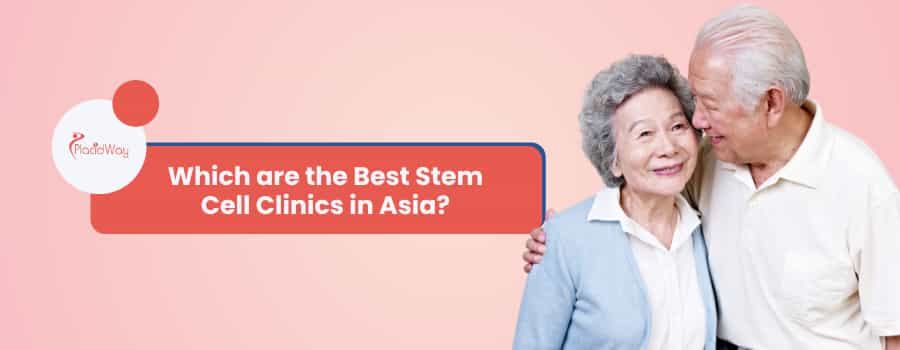
The growing reputation of Asian countries in this specialized medical field is built on significant investments in research and development, the establishment of state-of-the-art facilities, and a commitment to integrating innovative therapeutic approaches into clinical practice. While the regulatory landscape for stem cell therapy can vary across Asian nations, many prominent clinics adhere to international standards of care and ethical guidelines, ensuring patient safety and treatment efficacy. This makes Asia an increasingly attractive option for individuals seeking cutting-edge stem cell treatments for various health concerns.
Which countries in Asia are known for advanced stem cell therapy?
- Japan: Known for its rigorous research and regulatory framework, Japan is a global leader in regenerative medicine, especially with the development of induced pluripotent stem (iPS) cell technology. Japanese clinics often focus on highly ethical and scientifically validated approaches.
- South Korea: This country boasts a robust healthcare system and a strong emphasis on clinical trials and ethical standards in stem cell research. Institutions like CHA Medical Group and Samsung Medical Center are prominent players in the field.
- China: With substantial government investment, China has seen rapid development in biotechnology and a proliferation of stem cell treatment centers. While regulations have varied historically, there's a strong focus on cutting-edge treatments.
- Thailand: Bangkok, in particular, has become a hub for stem cell therapy, offering cost-effective treatments with advanced medical infrastructure. Many clinics in Thailand cater to an international clientele and adhere to global safety standards.
- India: India is emerging as a significant player in the medical tourism sector, including stem cell therapy, offering competitive pricing and a growing number of specialized centers.
What are the key factors to consider when choosing a stem cell clinic in Asia?
- Accreditation and Licensing: Ensure the clinic is officially licensed and accredited by relevant national and international medical bodies. This confirms they meet specific quality and safety standards.
- Medical Team Expertise: Look for clinics with highly qualified doctors, scientists, and support staff specializing in regenerative medicine. Their experience and credentials are vital indicators of quality care.
- Type of Stem Cells Used: Understand what kind of stem cells the clinic utilizes (e.g., autologous adult stem cells, allogeneic mesenchymal stem cells, iPSCs) and whether they are appropriate for your condition. Reputable clinics will clearly explain their sources and processing methods.
- Transparency in Treatment Plans: A trustworthy clinic will provide a detailed and personalized treatment plan, including the procedures, duration, potential risks, expected outcomes, and a clear breakdown of costs.
- Patient Testimonials and Success Rates: While individual results vary, positive patient testimonials and transparent information about their experience can offer insights into the clinic's quality of care. However, be cautious of clinics promising guaranteed cures.
- Regulatory Compliance: Confirm that the clinic operates within the established legal and ethical guidelines of the country it is located in, and ideally, aligns with international best practices.
What types of conditions are commonly treated with stem cell therapy in Asia?
- Neurological Disorders: Conditions such as Parkinson's disease, Alzheimer's disease, multiple sclerosis, spinal cord injuries, and stroke recovery. Stem cells may help in repairing damaged neural pathways and reducing inflammation.
- Orthopedic Conditions: Osteoarthritis, cartilage damage, joint pain, and other musculoskeletal issues. Stem cells can promote tissue regeneration and reduce pain and inflammation in joints.
- Autoimmune Diseases: Certain autoimmune conditions like Crohn's disease, lupus, and rheumatoid arthritis are explored, with stem cells potentially modulating the immune system and reducing inflammation.
- Anti-Aging and Regenerative Medicine: Stem cell therapies are used for general rejuvenation, improving skin quality, increasing energy levels, and addressing age-related decline.
- Chronic Diseases: Some clinics offer treatments for diabetes, heart disease, and kidney failure, aiming to improve organ function and overall health.
It's important to note that while stem cell therapy shows promise for these conditions, the efficacy and safety can vary, and ongoing research is continually refining these applications.
How do regulations for stem cell therapy vary across Asian countries?
- Japan: Japan has a progressive yet highly regulated framework for regenerative medicine. The country introduced the Regenerative Medicine Promotion Act and the Act on the Safety of Regenerative Medicine in 2014, allowing for conditional and time-limited approval of stem cell therapies based on preliminary safety data, with continued monitoring. This approach balances innovation with patient safety.
- South Korea: South Korea has a well-developed regulatory system, often seen as a balance between promotion and control. The country has approved several stem cell products, with a focus on clinical trials and robust oversight from the Ministry of Food and Drug Safety (MFDS).
- China: Historically, China had a more relaxed regulatory environment, which led to a rapid expansion of clinics. However, in recent years, the government has moved to impose stricter regulations, halting unapproved clinical trials and increasing oversight to ensure safety and ethical practices.
- Thailand: Thailand has been developing its regulatory framework to ensure patient safety and quality. While some argue the regulations are still evolving, many reputable clinics strive to meet international standards and guidelines set by the Ministry of Public Health.
- India: India's regulatory framework for stem cell therapy is evolving, with efforts to standardize practices and ensure patient safety. The Indian Council of Medical Research (ICMR) and the Drug Controller General of India (DCGI) are involved in setting guidelines for stem cell research and therapy.
Patients should always verify a clinic's adherence to local and international regulations and inquire about the specific approvals for the treatments they are considering.
What is the typical cost of stem cell therapy in Asia compared to Western countries?
For example, stem cell treatments for conditions like osteoarthritis or anti-aging might range from $5,000 to $25,000 in Asian countries. In contrast, similar treatments in the United States or Europe could cost anywhere from $15,000 to $100,000 or more.
Here's a general comparison:
These figures are estimates and can fluctuate based on the specifics of the treatment plan, the duration of stay, and included services like accommodation and rehabilitation. The lower cost in Asia is often attributed to lower operational costs, competitive healthcare markets, and favorable exchange rates.
What are the potential risks and side effects of stem cell therapy in Asia?
Common potential risks and side effects include:
- Infection: As with any injection or surgical procedure, there's a risk of infection at the site where stem cells are harvested or injected.
- Immune Reaction: While less common with autologous (patient's own) stem cells, there's a theoretical risk of immune rejection or reaction when allogeneic (donor) stem cells are used.
- Tumor Formation: A very rare but significant concern, particularly with certain types of embryonic or induced pluripotent stem cells, is the possibility of uncontrolled cell growth or tumor formation. Reputable clinics use adult mesenchymal stem cells, which have a lower risk of this.
- Complications from the Procedure: Risks associated with the harvesting of stem cells (e.g., bone marrow aspiration or fat tissue extraction) include pain, bruising, bleeding, or nerve damage.
- Ineffectiveness: The treatment may not yield the desired therapeutic outcome for all patients.
- Mild Side Effects: These often include temporary pain, swelling, or redness at the injection site, and sometimes fever, headache, or nausea, which typically resolve quickly.
Patients should ensure the clinic adheres to strict aseptic techniques and has protocols in place to manage any adverse events.
How can I verify the credibility and safety of a stem cell clinic in Asia?
- Accreditation and Certifications:
-
International Accreditations: Look for certifications from internationally recognized bodies such as the Joint Commission International (JCI). JCI accreditation signifies that a healthcare organization meets rigorous international standards for quality and patient safety.
-
National Licenses: Verify that the clinic is fully licensed and regulated by the health authorities of its respective country.
-
- Medical Professional Credentials:
-
Board Certifications: Confirm that the doctors are board-certified in relevant specialties (e.g., regenerative medicine, orthopedics, neurology).
-
Experience: Inquire about their experience specifically with stem cell therapies for your condition, including the number of procedures performed and their success rates.
-
Publications and Research: A clinic actively involved in research and publishing in peer-reviewed journals often indicates a commitment to scientific advancement and ethical practices.
-
- Transparency and Communication:
-
Clear Treatment Plans: A reputable clinic will provide a clear, written treatment plan detailing the type of stem cells, number of injections, duration, costs, and potential risks and benefits.
-
Patient Education: They should be willing to answer all your questions thoroughly and provide comprehensive information about the therapy.
-
Ethical Guidelines: Inquire about their ethical guidelines for stem cell sourcing and application.
-
- Facility Standards:
-
Laboratory Quality: If they process stem cells on-site, ask about their laboratory certifications (e.g., GMP - Good Manufacturing Practice, GLP - Good Laboratory Practice) and quality control measures.
-
Cleanliness and Equipment: The facility should appear clean, modern, and well-equipped.
-
- Patient Reviews and Testimonials:
-
Independent Reviews: Search for reviews on independent medical tourism platforms and forums. While positive reviews are good, look for balanced feedback and how the clinic responds to concerns.
-
Direct Communication: If possible, connect with former patients to get firsthand accounts of their experience.
-
By diligently checking these aspects, you can significantly reduce the risk and increase the likelihood of receiving safe and effective treatment.
Are there specific stem cell clinics in Asia that are highly recommended?
- Vega Stem Cell Clinic in Bangkok, Thailand: This clinic is recognized for its personalized stem cell treatments and a focus on regenerative and anti-aging therapies. It often caters to international patients seeking high-quality care in a popular medical tourism destination.
- GIOSTAR Hospital in Bengaluru, India: Part of a global network, GIOSTAR in Bengaluru focuses on advanced regenerative medicine, offering stem cell therapies for various conditions with a focus on cutting-edge technology and compassionate care.
- Dr. Pravin Patel's Innovative Hospital & Research Center in India: This center is known for its pioneering work in stem cell treatments for chronic diseases, particularly diabetes, and aims to provide advanced, research-backed therapies.
- FirstCell Malaysia: Located in Malaysia, FirstCell is noted for its expertise in regenerative medicine, offering stem cell therapies for a range of conditions, including orthopedic issues, autoimmune diseases, and anti-aging. They emphasize a patient-centric approach.
- Beijing Puhua International Hospital in China: Known for its comprehensive approach to neurological conditions and a dedicated Stem Cell Center, it has a long history of treating international patients and integrating modern medical practices with stem cell research.
Always confirm the clinic's specialization aligns with your specific needs and thoroughly review their credentials and patient outcomes.
What is the recovery process like after stem cell therapy in Asia?
- Immediate Post-Procedure:
-
Most patients experience minimal discomfort, such as mild pain, swelling, or bruising at the injection or harvest site. This usually subsides within a few days.
-
Some clinics may recommend a short period of rest or reduced activity immediately after the procedure.
-
- Short-Term Recovery (Days to Weeks):
-
Patients are often advised to avoid strenuous activities for a period, typically ranging from a few days to a couple of weeks, to allow the stem cells to integrate and begin their regenerative work.
-
Follow-up appointments with the clinic may be scheduled to monitor progress and address any immediate concerns.
-
- Long-Term Recovery and Rehabilitation (Weeks to Months):
-
Noticeable improvements from stem cell therapy usually do not occur overnight. It can take several weeks or even months for the full regenerative effects to become apparent.
-
Many clinics in Asia integrate rehabilitation programs (e.g., physical therapy, occupational therapy) into the overall treatment plan to maximize the benefits of the stem cell therapy. This holistic approach supports the body's natural healing processes and helps regain function.
-
Patients receive guidelines for post-treatment care, including diet, exercise, and lifestyle recommendations to optimize outcomes.
-
It's essential to have realistic expectations and understand that stem cell therapy is a process, not a one-time cure, and consistent follow-up care is often crucial for long-term success.
What are the ethical considerations surrounding stem cell therapy in Asia?
- Source of Stem Cells:
-
Embryonic Stem Cells (ESCs): The use of human embryos for stem cell research and therapy raises significant ethical debates due to the destruction of the embryo. Many Asian countries, like Japan and South Korea, have strict regulations or prohibitions on the creation of embryos specifically for research.
-
Adult Stem Cells (ASCs): These are generally less controversial as they are harvested from the patient's own body (autologous) or from adult donors (allogeneic) from sources like bone marrow, adipose tissue, or umbilical cord blood. Reputable clinics primarily use ASCs.
-
- Unproven Therapies and Patient Expectations: There's an ethical concern about clinics offering therapies that are not yet scientifically proven or are still in experimental stages, potentially leading to false hope and financial exploitation of vulnerable patients.
- Informed Consent: Ensuring that patients fully understand the potential benefits, risks, and alternatives of stem cell therapy, especially for unproven treatments, is a critical ethical imperative.
- Transparency and Advertising: Ethical concerns arise when clinics use misleading advertising or make exaggerated claims about the efficacy of their treatments.
- Commercialization: The commercialization of stem cell therapies can raise ethical questions regarding equitable access, potential for over-treatment, and the commodification of human cells.
Reputable clinics in Asia prioritize patient safety, adhere to national and international ethical guidelines, and focus on delivering evidence-based or clinically-trialed therapies.
Can I combine stem cell therapy with other treatments in Asia?
- Rehabilitation and Physical Therapy: For orthopedic or neurological conditions, stem cell therapy is frequently combined with intensive physical therapy, occupational therapy, and other rehabilitative exercises. This helps to strengthen muscles, improve mobility, and retrain neural pathways, optimizing the functional recovery initiated by stem cells.
- Nutritional Support and Lifestyle Changes: Clinics often provide personalized nutritional plans and recommend lifestyle adjustments to support overall health and enhance the environment for stem cell integration and function. This might include dietary recommendations, supplements, and advice on exercise.
- Complementary Therapies: Some clinics may incorporate complementary therapies such as acupuncture, hyperbaric oxygen therapy (HBOT), or specific detoxification protocols, believing these can create a more conducive environment for stem cell activity and overall well-being.
- Conventional Medical Treatments: In many cases, stem cell therapy is used as an adjunct to conventional medical treatments, not as a replacement. For instance, a patient with diabetes might continue with insulin therapy while also receiving stem cell treatments aimed at improving pancreatic function.
- Pharmacological Support: Depending on the condition, doctors might prescribe medications to manage symptoms, reduce inflammation, or prevent infection, working in conjunction with the stem cell therapy.
When considering combined treatments, ensure that the entire treatment plan is coordinated by experienced medical professionals at the clinic and that all components are safe and appropriate for your specific health needs.
How long should I plan to stay in Asia for stem cell treatment?
- Simple Procedures (e.g., Joint Injections, Anti-Aging): For less complex treatments involving a single or a few injections, a stay of 3 to 7 days might be sufficient. This allows for initial consultation, the procedure itself, and a short recovery period before traveling.
- Complex Conditions (e.g., Neurological Disorders, Systemic Diseases): Treatments for more complex or chronic conditions often involve multiple rounds of injections, intensive rehabilitation, and close monitoring. For these, a stay of 2 to 4 weeks is more common. Some patients might even opt for longer stays if they are undergoing extensive rehabilitation programs.
- Harvesting Procedures: If the treatment involves harvesting your own stem cells (e.g., from bone marrow or adipose tissue), the initial procedures for extraction and processing will add to the overall duration.
- Follow-up and Observation: Many clinics prefer to observe patients for a few days post-treatment to monitor for any immediate side effects and to ensure initial stability.
It's always best to consult directly with the chosen clinic to get a personalized recommendation on the ideal duration of your stay, factoring in any necessary pre-treatment evaluations and post-treatment care.
What post-treatment care and follow-up are typically offered by Asian stem cell clinics?
- Immediate Post-Procedure Monitoring: Patients are usually monitored closely for a few hours or days after the treatment to identify and manage any immediate side effects or complications.
- Discharge Instructions: Before leaving the clinic, patients receive detailed written instructions on activity restrictions, medication schedules, wound care (if applicable), and signs to watch for that might require medical attention.
- Follow-up Consultations:
-
In-Person Follow-ups: For patients staying longer or those who can return, clinics often schedule follow-up appointments to assess progress, conduct examinations, and make any necessary adjustments to the care plan.
-
Remote Consultations: Many clinics cater to international patients by offering remote follow-up options via teleconsultations, email, or secure online platforms. This allows patients to get ongoing advice and support from their treating physicians even after returning home.
-
- Rehabilitation Programs: As mentioned previously, integrated rehabilitation programs (physical therapy, occupational therapy, etc.) are often a cornerstone of post-treatment care, especially for conditions affecting mobility or neurological function.
- Nutritional and Lifestyle Guidance: Clinics provide recommendations on diet, exercise, and lifestyle modifications that can support the regenerative process and overall well-being.
- Access to Medical Records: Patients should be able to receive copies of their medical records, treatment protocols, and any diagnostic imaging for their own reference and to share with their local healthcare providers.
- Emergency Contact: Reputable clinics provide clear channels for patients to contact them in case of urgent concerns or questions after returning home.
This comprehensive approach to post-treatment care ensures continuity of support and helps patients achieve the best possible long-term results from their stem cell therapy.
If you are considering stem cell therapy in Asia and wish to explore options further, PlacidWay can assist you in finding reputable clinics and understanding your treatment possibilities.
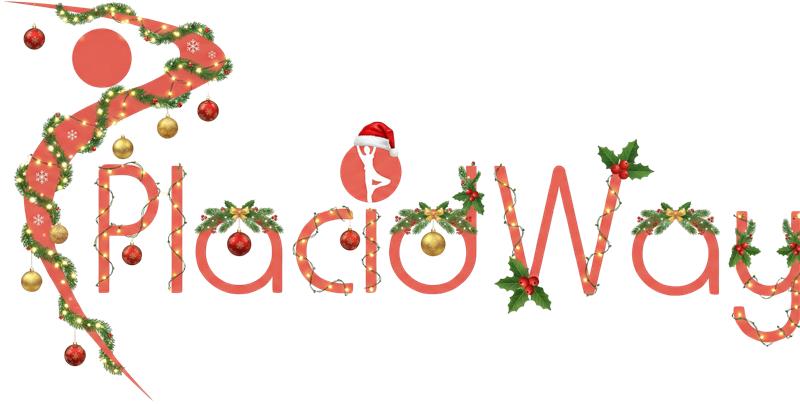

.png)
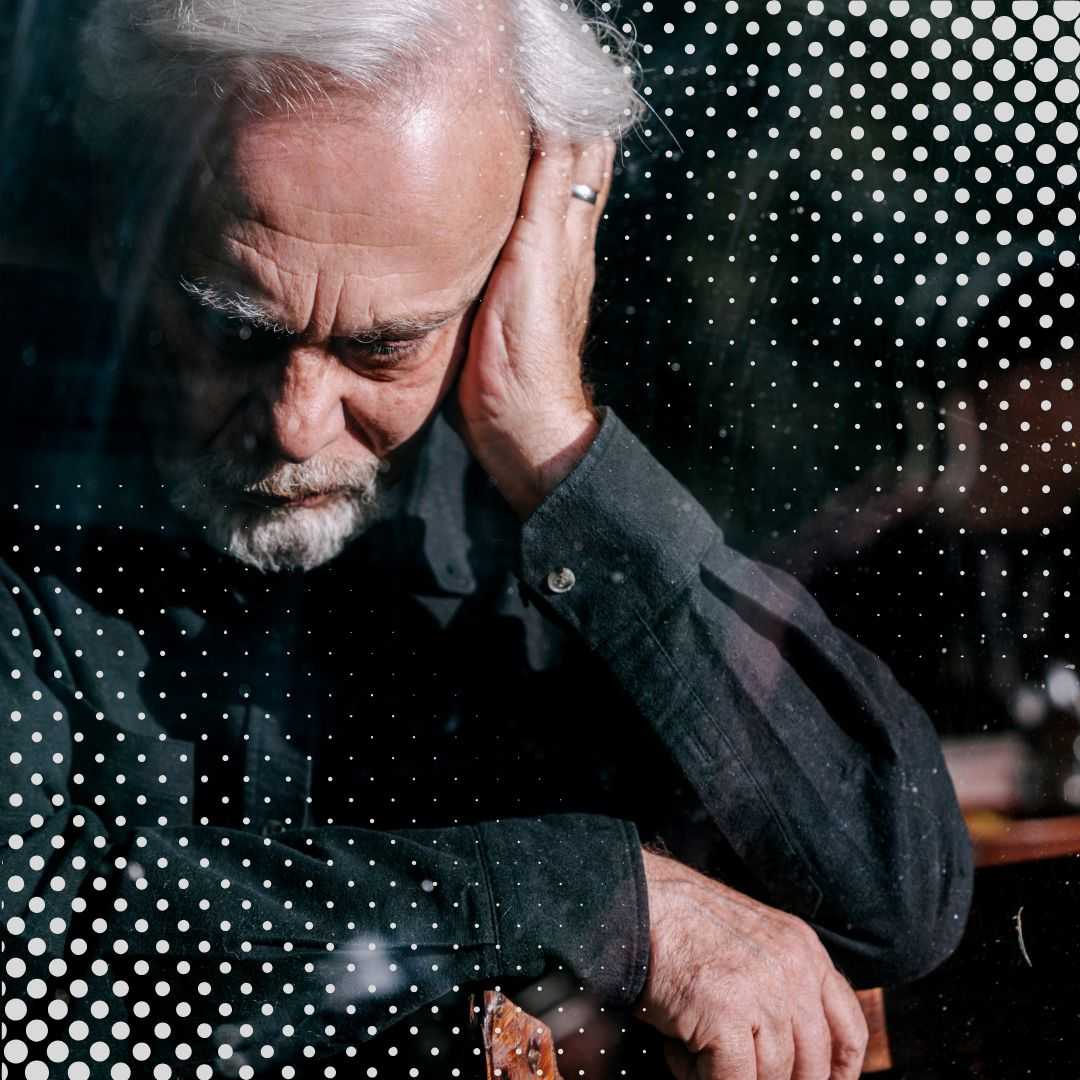

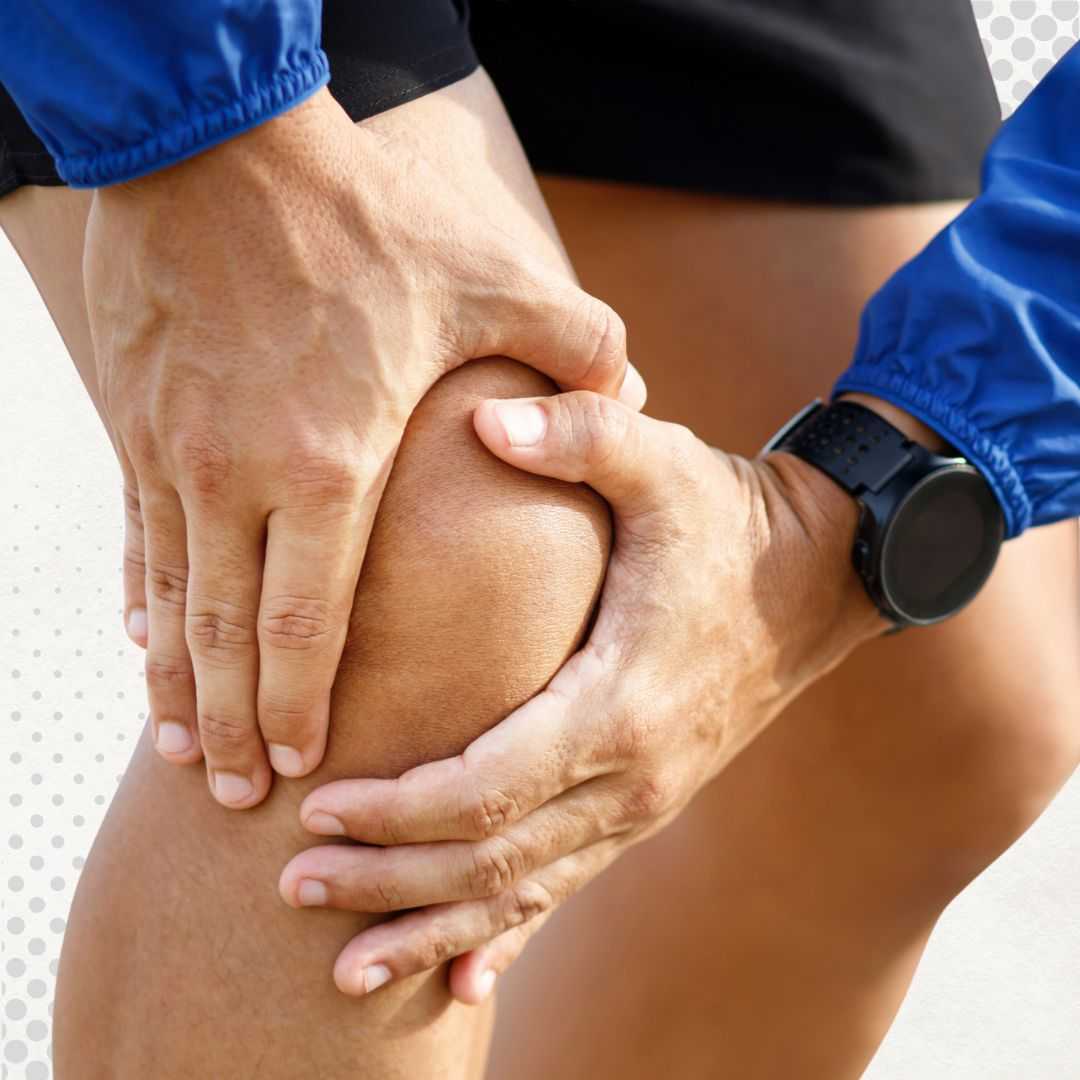
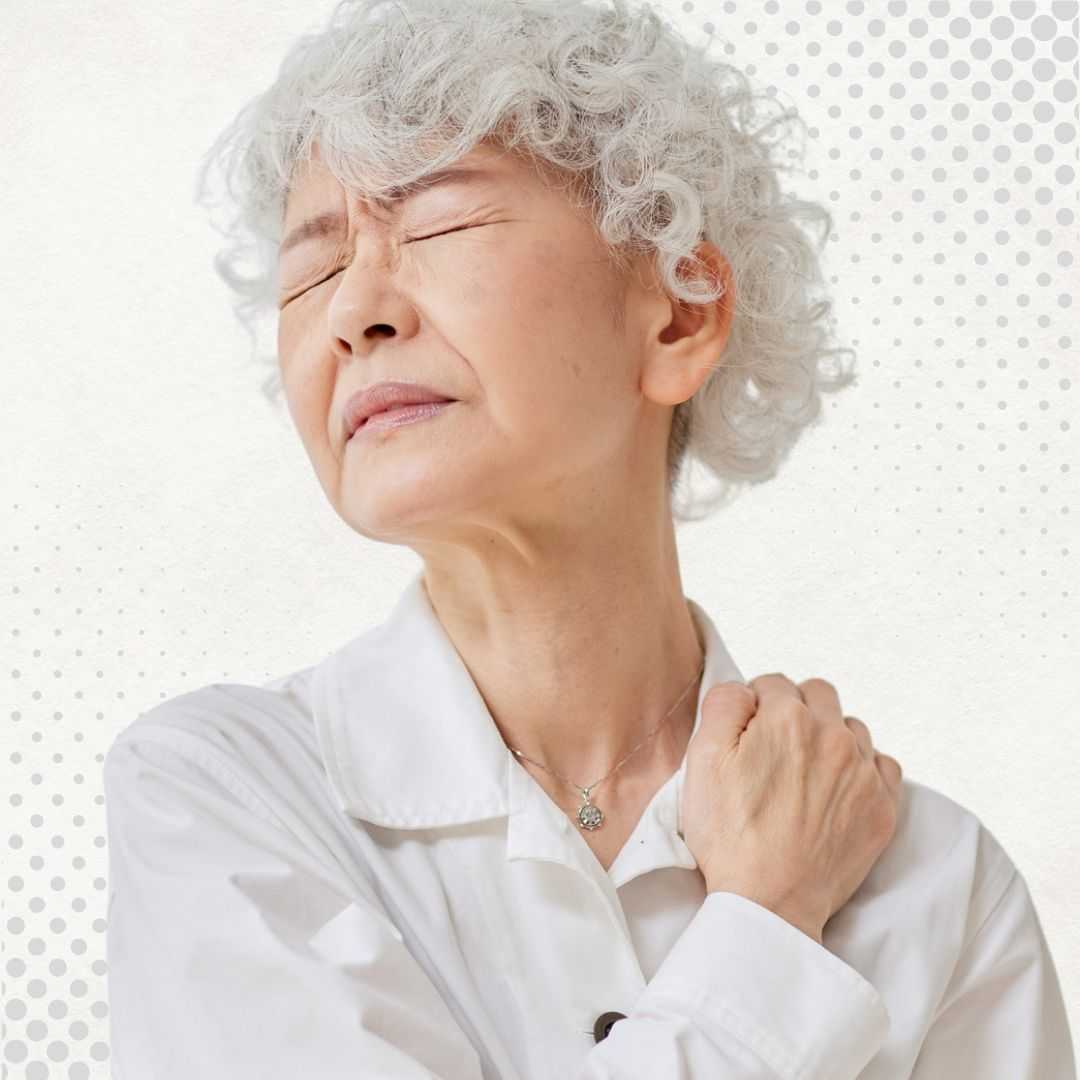

.png)
.jpg)
.jpg)
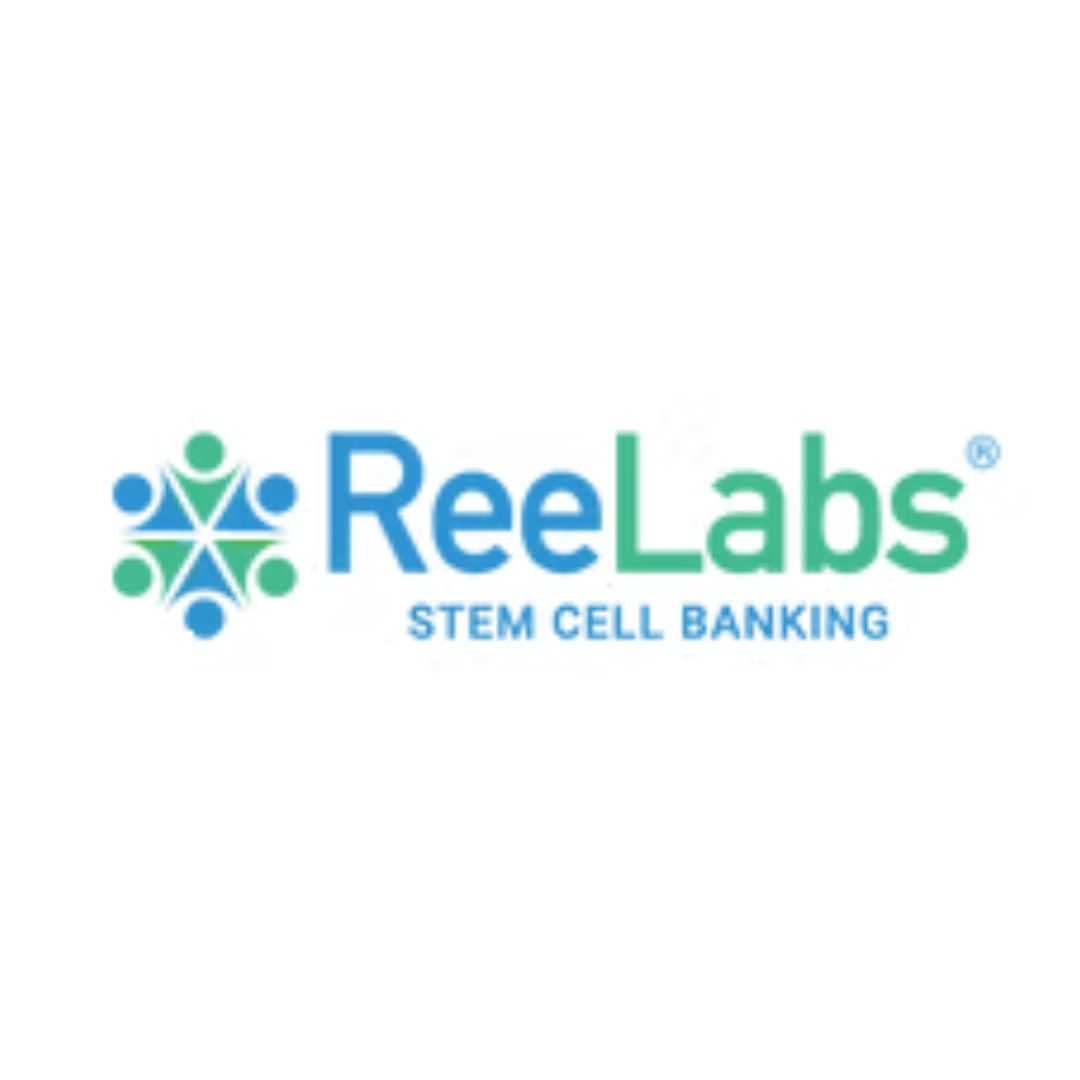
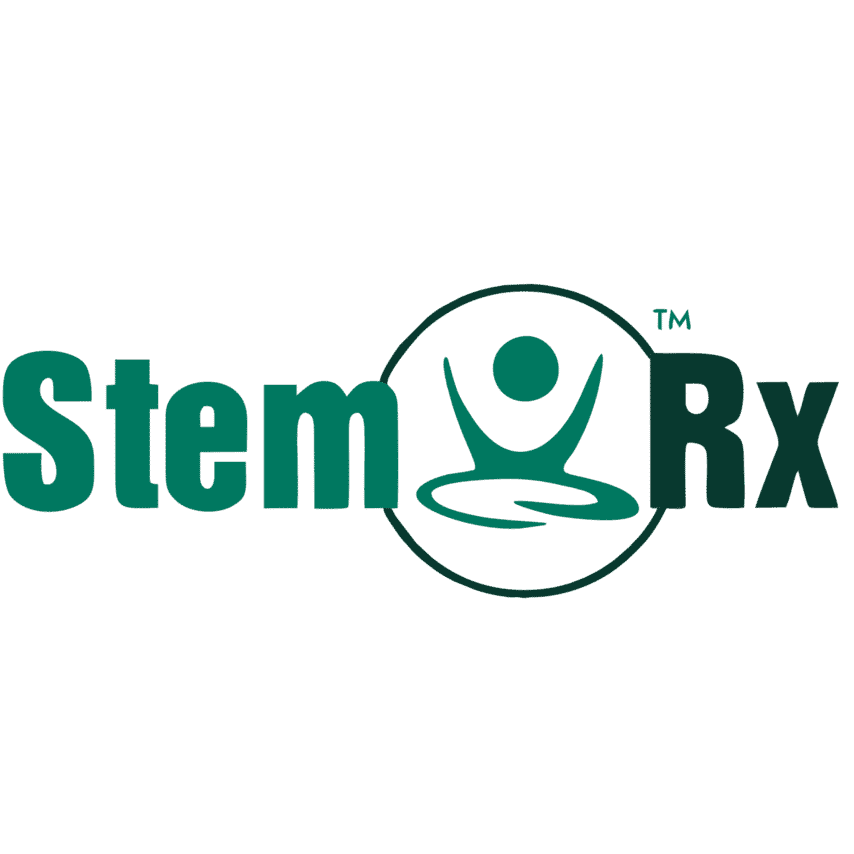
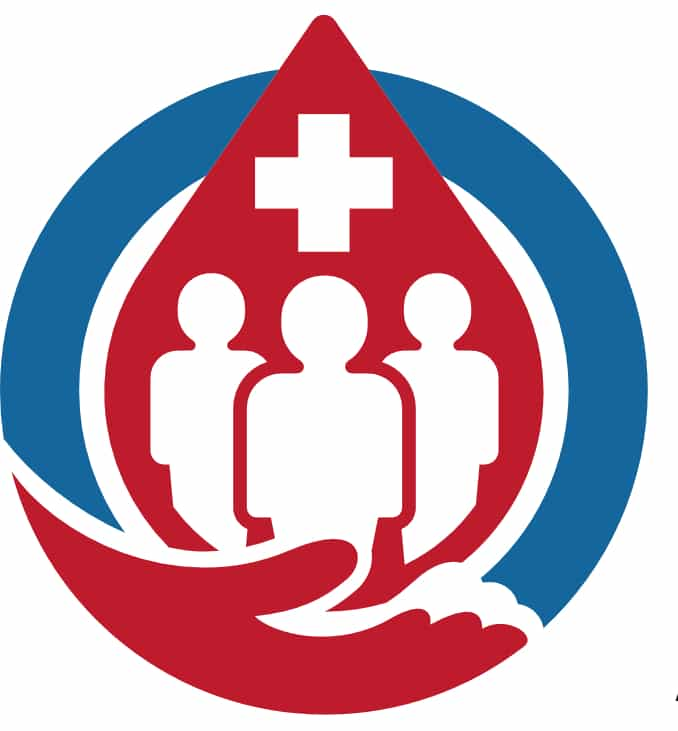
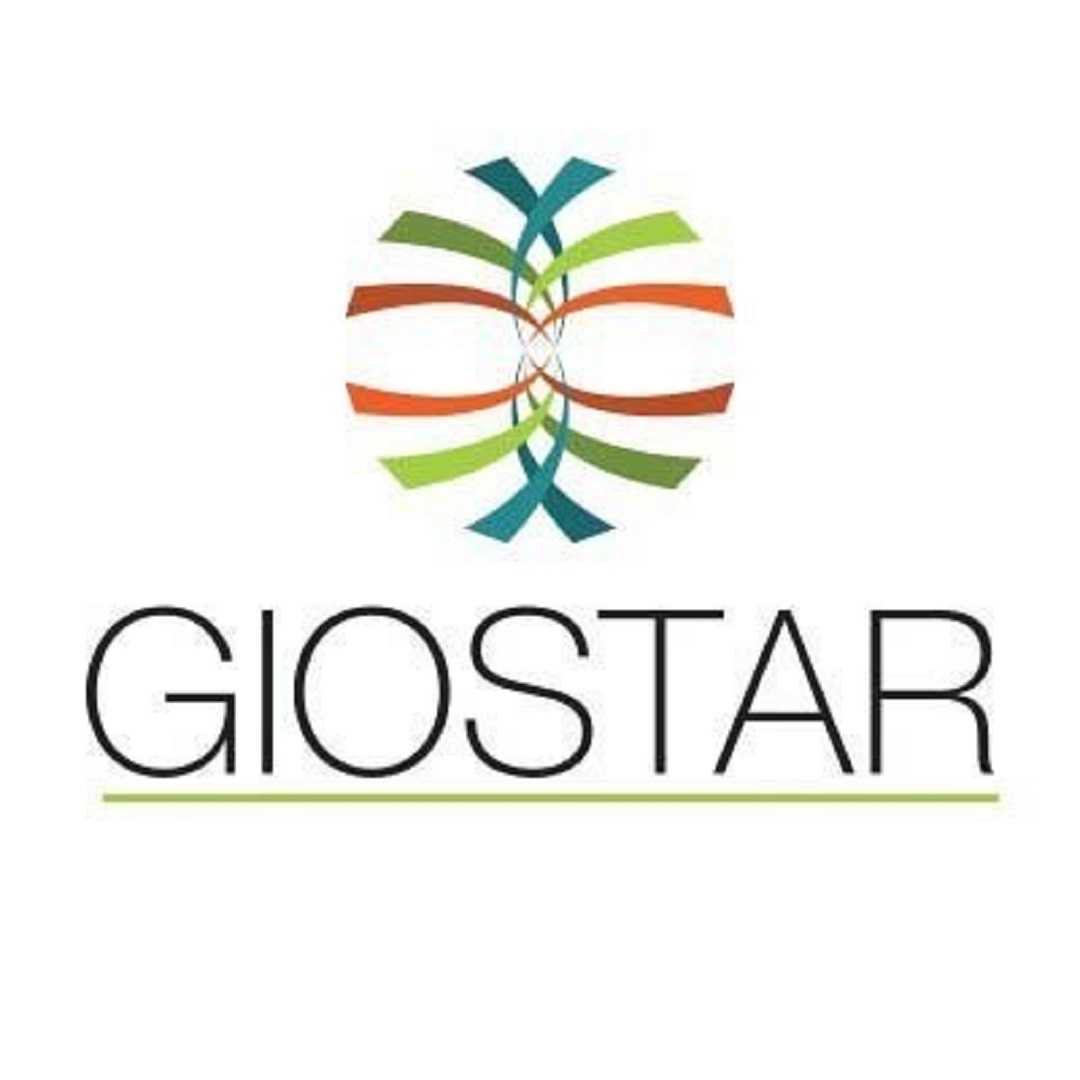
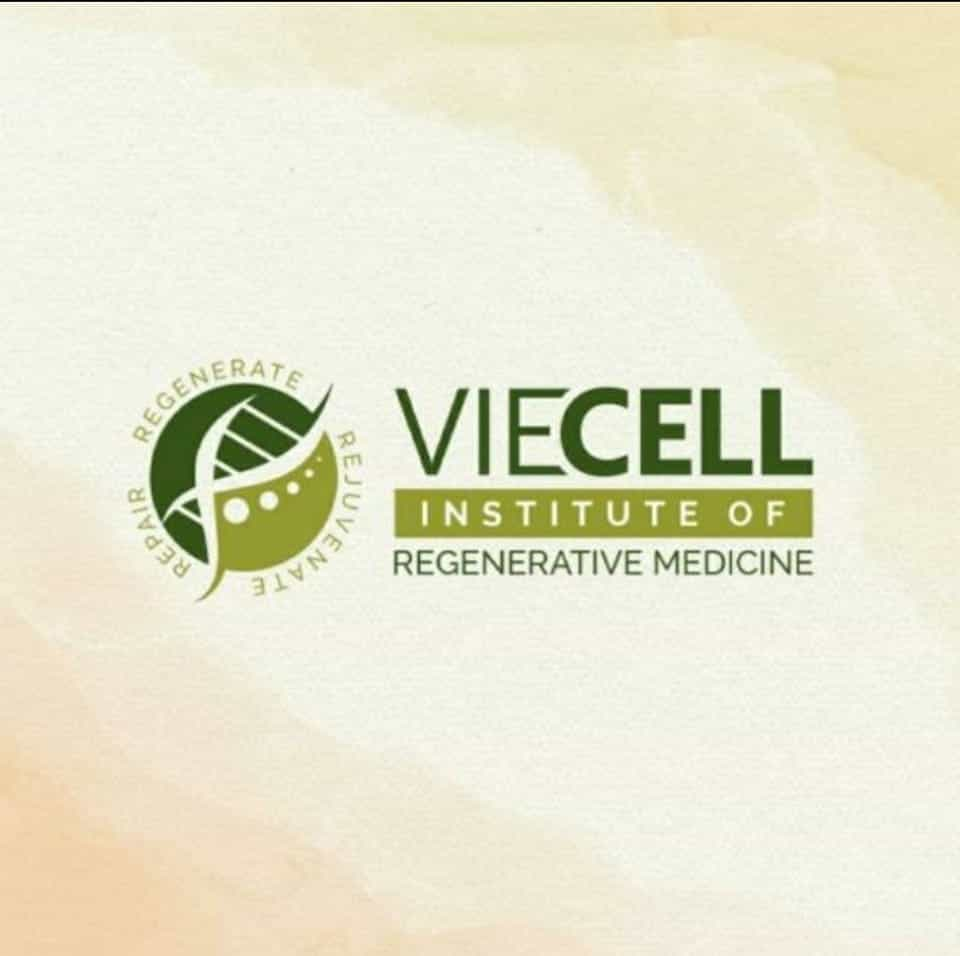

Share this listing